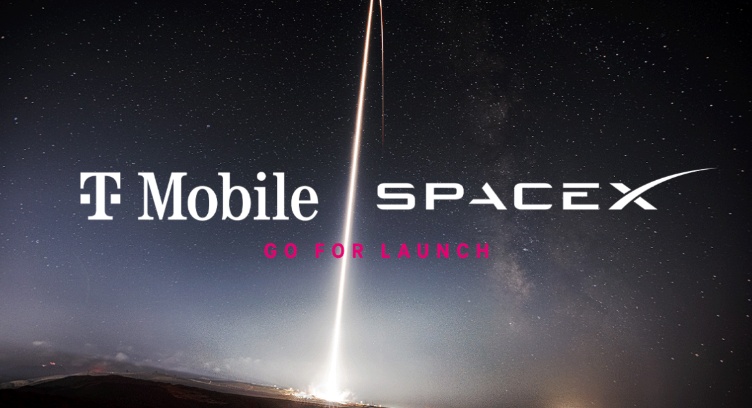T-Mobile yesterday announced that SpaceX’s Falcon 9 rocket launched the first set of Starlink satellites with Direct to Cell capabilities, following the livestreamed webcast two nights ago. This is a significant milestone following last year’s joint announcement of the Coverage Above and Beyond initiative, which aims to bring connectivity nearly everywhere in the U.S. for Un-carrier customers — even in many of the most remote locations previously unreachable by traditional cell signals from any provider … aka dead zones. Now that the satellites are in low-Earth orbit, field testing can soon begin on the new service that will leverage SpaceX’s constellation of satellites with Direct to Cell technology and T-Mobile’s industry-leading wireless network.
With well over half a million square miles of the U.S. and vast stretches of ocean unreachable by terrestrial network coverage, due to terrain limitations, land-use restrictions and more, this new service aims to give customers a crucial additional layer of connectivity when and where they need it most. With the new service, the goal is to eliminate worrying about mobile dead zones and lugging around expensive satellite phones — Un-carrier customers would be connected nearly everywhere they can see the sky, and in most cases, with the phone they already have.
Yesterday marked the first of many Starlink satellite launches to come that will include Direct to Cell capabilities. Initially, the service will begin with text messaging, with voice and data coverage to follow in the coming years.
T-Mobile and SpaceX’s shared vision is to provide truly universal coverage and last year, they issued an open invitation to wireless providers worldwide to expand globally with reciprocal roaming. As of today, five wireless providers are already onboard to launch Direct to Cell technology including KDDI (Japan), Optus (Australia), One NZ (New Zealand), Rogers (Canada) and others, with more to come. And the invitation still stands for any carrier with the shared goal of global connectivity to join.
Mike Katz, President of Marketing, Strategy and Products, T-Mobile
Our mission is to be the best in the world at connecting customers to their world and today is another step forward in keeping our customers connected even in the most remote locations for added peace of mind when they need it most. Today’s launch is a pivotal moment for this groundbreaking alliance with SpaceX and our global partners around the world, as we work to make dead zones a thing of the past.
Sara Spangelo, Sr. Director of Satellite Engineering
The launch of these first Direct to Cell satellites is an exciting milestone for SpaceX to demonstrate our technology. We look forward to rapidly scaling up Direct to Cell with our partner operators around the world and rolling out messaging service for T-Mobile customers!






















